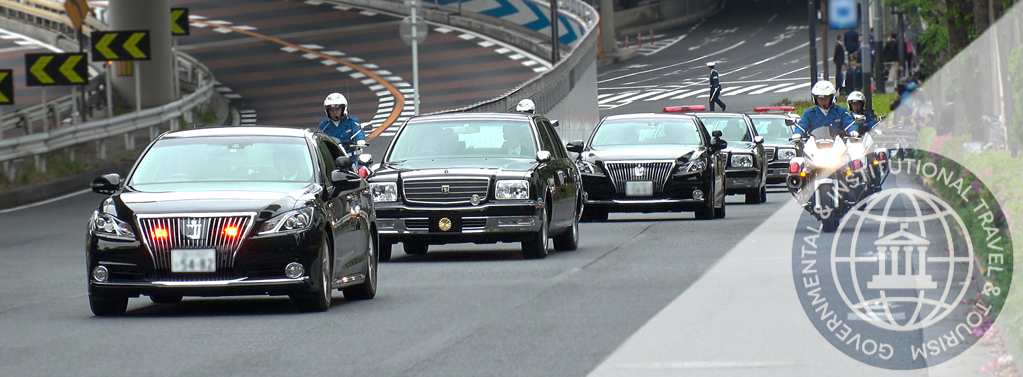
One of the most common and important forms of diplomacy, which are also of fundamental relevance, are the visits that Heads of State or other members of governments and institutions make to other countries with which they maintain diplomatic relations. However, there are several different types of visits, depending on who makes them and their purpose. For example, a state visit is not the same as a courtesy visit, just as a visit by a king as head of state is not the same as a visit by a minister.

If we begin by defining those visits with a higher protocol importance, we have to start talking about State Visits. These are visits made by the Heads of State of a country to meet their counterpart in a different country. But, in addition, State visits have a series of very specific characteristics that differentiate them from the rest. They are appointments that respond to a prior invitation by the host State and that only take place once during the time that the Head of State (host) remains in office. This does not imply that visits by the same invited Head of State cannot be made again during this time, only that they will not be classified as State Visits.
The rest of the official visits are usually born of the initiative of the state that carries them out and not of the host, although this is not a rule and official visits may be made in response to previous invitations from the host state.
Included in the rest of the official visits are those known as "courtesy visits", which respond upon an invitation to an international event held in another country, although they may also occur in reciprocal response to a previous visit or to a meeting of the leaders at an international event.
Official visits also include visits of interest, which are visits to supranational institutions of special interest to the State being represented; working visits, when they are mainly for economic or business purposes; or cooperation visits, of a humanitarian or social nature.
On the other hand, there are private visits, which are not included in official visits and which respond to a private and personal motivation of the members of governments and institutions, such as vacations. These visits are sometimes also used to strengthen ties between countries, as these persons visit their counterparts in the country where they are, although outside the exercise of their functions.



